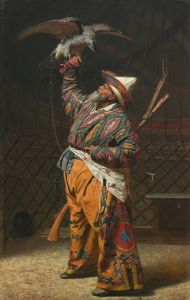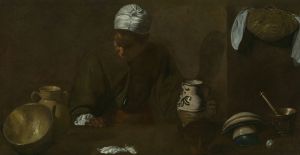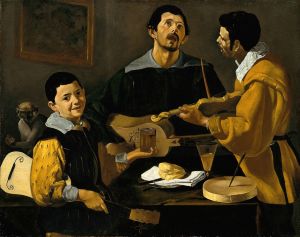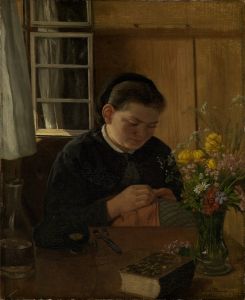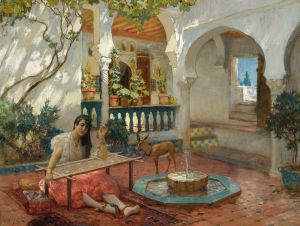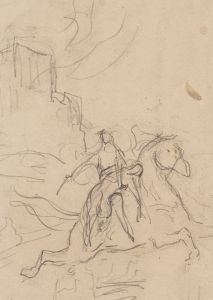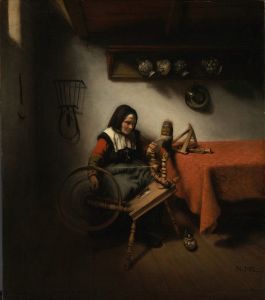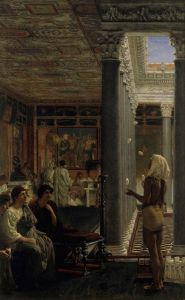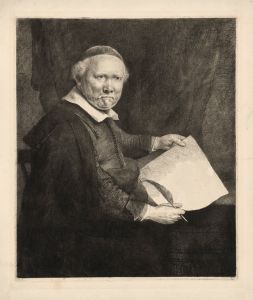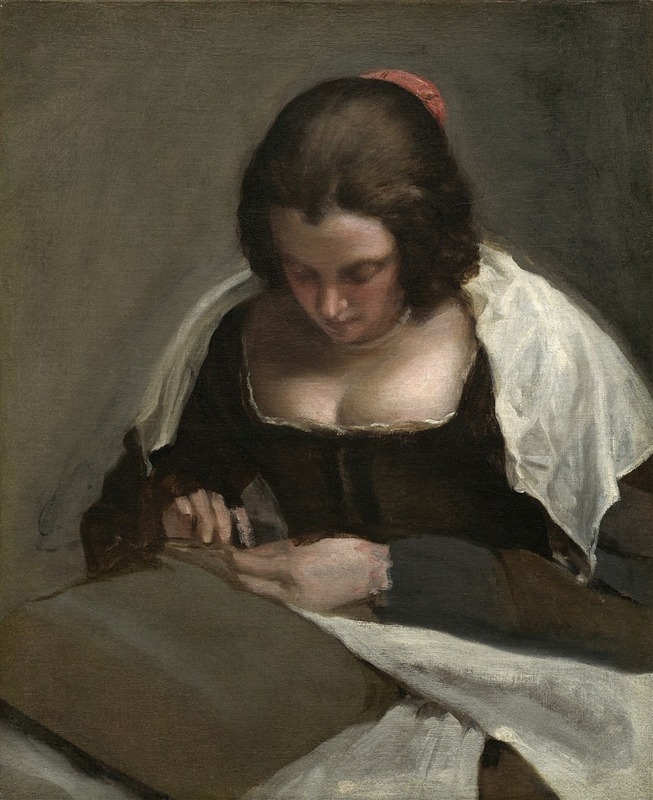
The Needlewoman
A hand-painted replica of Diego Velázquez’s masterpiece The Needlewoman, meticulously crafted by professional artists to capture the true essence of the original. Each piece is created with museum-quality canvas and rare mineral pigments, carefully painted by experienced artists with delicate brushstrokes and rich, layered colors to perfectly recreate the texture of the original artwork. Unlike machine-printed reproductions, this hand-painted version brings the painting to life, infused with the artist’s emotions and skill in every stroke. Whether for personal collection or home decoration, it instantly elevates the artistic atmosphere of any space.
Diego Velázquez, one of the most prominent painters of the Spanish Golden Age, is credited with creating a work known as The Needlewoman (La Costurera). This painting is widely attributed to Velázquez and is believed to have been completed during the early 1630s, though the exact date remains uncertain. The artwork is currently housed in the National Gallery of Art in Washington, D.C.
The Needlewoman depicts a young woman engaged in sewing or needlework, a subject that reflects Velázquez's interest in capturing everyday life and intimate moments. The painting is notable for its unfinished appearance, particularly in the lower portion of the canvas, where the details of the figure's hands and the sewing activity are only loosely sketched. This unfinished quality has sparked interest among art historians, as it provides insight into Velázquez's working methods and his focus on the study of light, texture, and human expression.
The composition of the painting is simple yet striking. The young woman is shown in a three-quarter view, with her head slightly tilted downward as she concentrates on her work. Her facial features are rendered with remarkable subtlety, showcasing Velázquez's mastery of portraiture. The muted color palette and soft lighting emphasize the contemplative mood of the scene, while the loose brushwork in certain areas highlights Velázquez's evolving technique during this period.
While the identity of the sitter remains unknown, the painting is often associated with Velázquez's broader exploration of domestic and genre scenes, which were less common in Spanish art at the time. These works often blurred the lines between portraiture and genre painting, elevating everyday subjects to a level of artistic significance.
The Needlewoman is an example of Velázquez's ability to capture the essence of his subjects with minimal detail, relying on his skillful use of light and shadow to convey depth and realism. The painting's unfinished state has also led to speculation that it may have been a study or preparatory work rather than a completed piece intended for display.
Despite its modest size and incomplete nature, The Needlewoman remains an important work within Velázquez's oeuvre, offering a glimpse into the artist's creative process and his sensitivity to the human condition. It continues to be studied and admired for its technical brilliance and emotional resonance.





